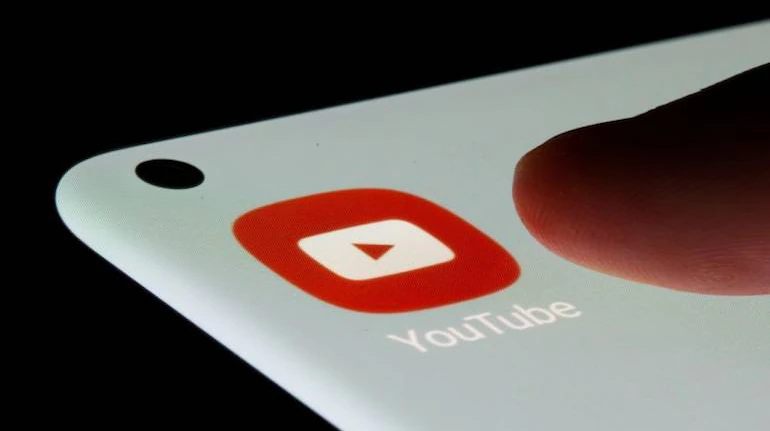YouTube’s new multi-language audio tracks functionality is now available to its global creator community. This tool, previously in testing and only available to a restricted group of producers, permits YouTubers to upload numerous soundtracks to a single video. This allows content creators to deliver dubbed videos, with the uploaded audio tracks giving their audience the option to watch in their preferred language.
YouTube says the technology to allow multi-language audio tracks was built in-house, but creators will need to work directly with third-party dubbing companies to generate their audio tracks. After publication, viewers can select a different audio track from the same menu where they can currently alter other options such as subtitles or audio quality. It is up to the creator to decide which other languages should be supported.
According to YouTube, the results have been quite favorable among the small test group of creators with whom the firm works. Last month, YouTube producers saw more than 15% of their views come from dubbed videos being played in a language other than the channel’s original one.
In January, the site saw an average of two million hours of dubbed content every day. This is one of around 3,500 dubbed videos published to the platform in that month. Almost 40 distinct languages are currently offered in YouTube dubbed videos.
Originally, the function will only be available on YouTube’s long-form content, although the firm says it is currently testing it on Shorts. We realize that with today’s launch, hundreds more authors beyond the original test group will now have access to the additional capabilities. Meanwhile, the ability to change the audio track of a video will be pushed out internationally across all of YouTube, where it will be available on desktops, mobile, tablets, and TVs.
YouTube’s subtitles and closed captioning feature for videos was originally introduced in 2008. Users can now listen to content in their preferred language nearly 15 years later. While producers must currently produce those alternate multi-language tracks themselves, it appears that it will only be a matter of time before there is an automated option to do so as well.

Leave a Reply
You must be logged in to post a comment.